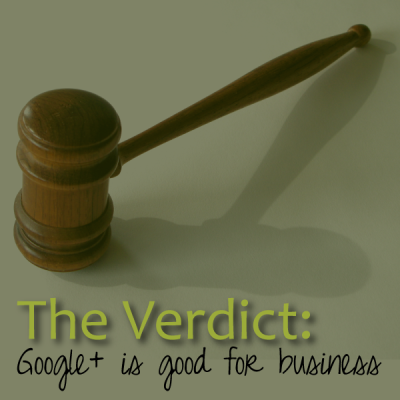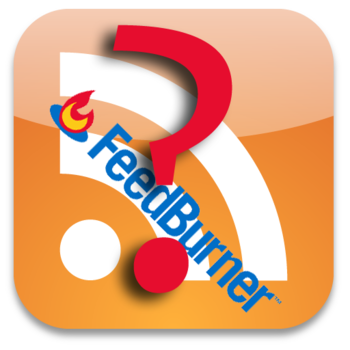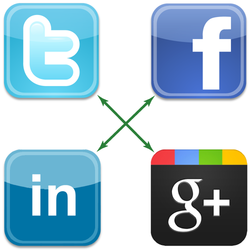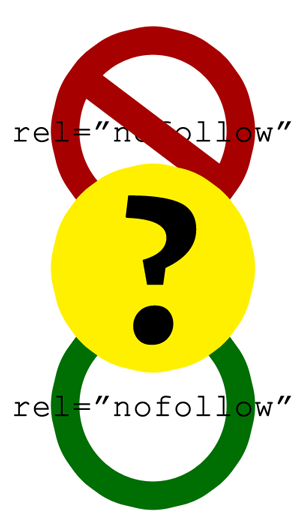 For many small business owners, staying on top of social media can be challenging at times so the thought of adding one more social network to the mix may seem like a daunting task. However, the benefits of having a Google+ business page and community may outweigh the drawbacks of having to set one up (which really isn’t that hard anyway).
For many small business owners, staying on top of social media can be challenging at times so the thought of adding one more social network to the mix may seem like a daunting task. However, the benefits of having a Google+ business page and community may outweigh the drawbacks of having to set one up (which really isn’t that hard anyway).
Google+ is owned by Google, so what happens on G+ can actually impact your standing in search engine ranking and improve your search engine optimization (SEO). The reason for this is that Google gives a great deal of weight to the social behaviors and recommendations from your connections on Google+, especially at the local level. In fact, Google treats Google+ pages as regular sites. You can check this out yourself by doing a search and see what pages come up. Often, information from G+ pages is ranked higher than other, non-Google sites.
As a small business, having a Google+ Business page and working to increase your connections (circles), by sharing reviews, posting YouTube video, images and posts, you can actually increase your visibility in search results. Another bonus is that by analyzing those in your circles, Google will be able gather more and more targeted information about what your customers are looking for. Google will incorporate recommended and shared sites from people you are connected to on G+, which can go a long way in ensuring that their friends and circles will be more likely to find your business in a search.
For your customer, this is a good thing. It means that they may actually be presented with search results that not only are they more interested in but with endorsements from trusted friends and colleagues who have vouched for the business/product/place etc.
Let’s look at it this way. Say you do a search for the best local restaurant. In your search results, you see that your friend has shared a great review of the restaurant and vouches for the restaurant’s cleanliness. Can you think of better validation than the endorsement from a trusted friend?
By creating a page and reaching out to other G+ pages to increase visibility and connections, you will not only help establish yourself in the local community where you do business but you can engage with other, complementary businesses to become a local referral source. Using reviews, +1’s and discussions on group pages, you will be able to continue to build your community, and your brand.
So, what are you waiting for? Go claim your spot on Google+! We’d love to connect with you. We could even Hangout!









